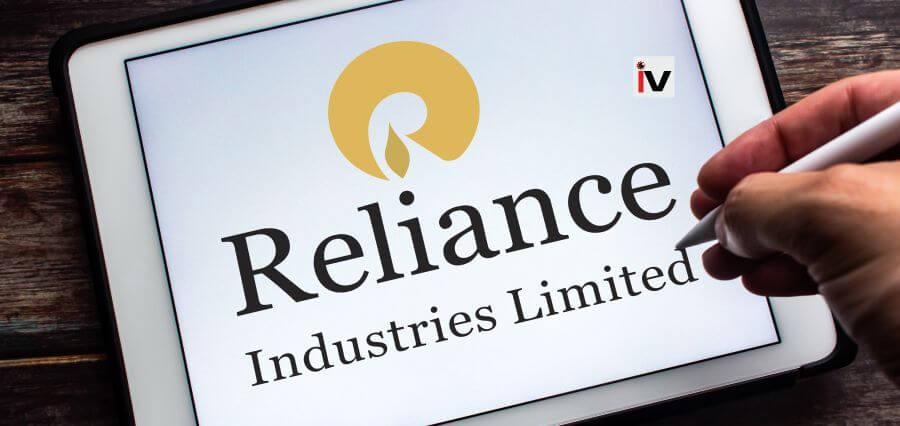Reliance Industries Ltd (RIL) is transitioning from a period of extensive capital expenditure (capex) cycles in hydrocarbons and telecom to focus on less capex-intensive sectors like retail and upstream new energy. Over the past decade, RIL has invested over USD 125 billion in expanding its hydrocarbon and telecom businesses. However, according to a report by Goldman Sachs, the conglomerate’s future investments in retail and upstream new energy are expected to yield higher returns with shorter gestation periods.
Goldman Sachs notes that RIL invested approximately USD 30 billion from FY13-18 to enhance the scale, integration, and cost competitiveness of its oil to chemical (O2C) business, and nearly USD 60 billion from FY13-24E in developing 4G/5G capabilities for its telecom segment. With the completion of the pan-India 5G rollout and potential tariff hikes in the telecom sector, RIL anticipates strong free-cash-flow (FCF) generation from both its telecom and O2C businesses.
The report highlights that retail and upstream new energy ventures are comparatively less capex-intensive and offer higher returns with shorter gestation periods. While a traditional refining or petrochemical facility typically takes around five years to commence operations, an integrated poly-to-module solar facility can start within two years, and a retail store can ramp up operations in 6-12 months.
The capex cycle for hydrocarbons and telecom reached its peak during FY17-19, with an accelerated telecom capex cycle for 5G, expected to conclude in FY24. Goldman Sachs projects a peak capex intensity of USD 17.6 billion in FY23, gradually decreasing to USD 11.2 billion by FY26E.
RIL has heavily invested in expanding its retail footprint, doubling offline square footage and enhancing omni-channel capabilities. With retail EBITDA expected to double between FY24-27 and the share of consolidated EBITDA increasing, RIL aims to reduce capex intensity while bolstering revenue streams from its retail segment.
In the realm of new energy, RIL plans to invest USD 10 billion in completing fully integrated solar and battery manufacturing plants by FY27-end. Subsequently, it may deploy larger capex for solar downstream, electrolyser, and wind capacities to enhance new energy production.
Overall, RIL’s shift towards less capex-intensive sectors and its strategic investments in retail and new energy signify a transition towards sustainable growth and diversification beyond its traditional hydrocarbon and telecom businesses.
Read More: Click Here

